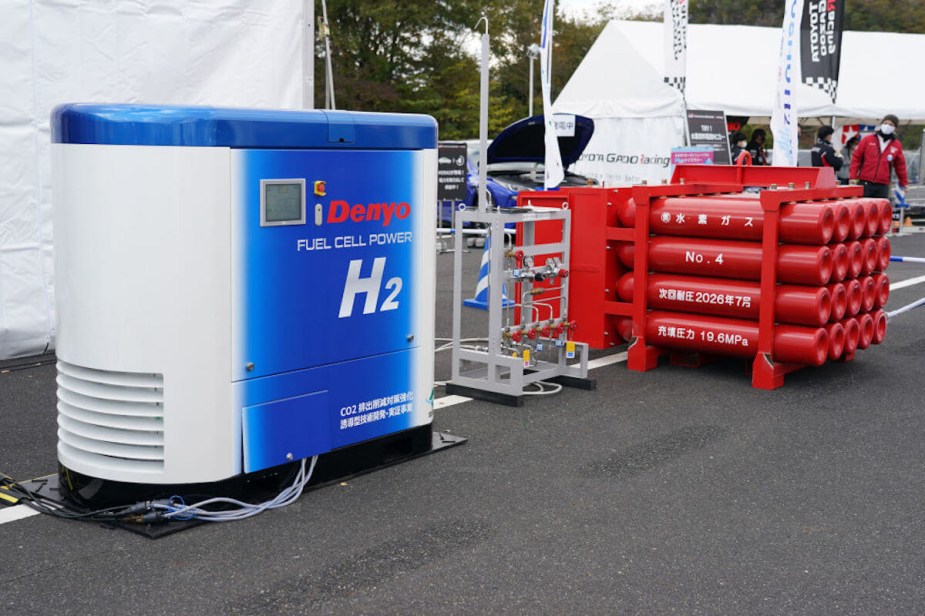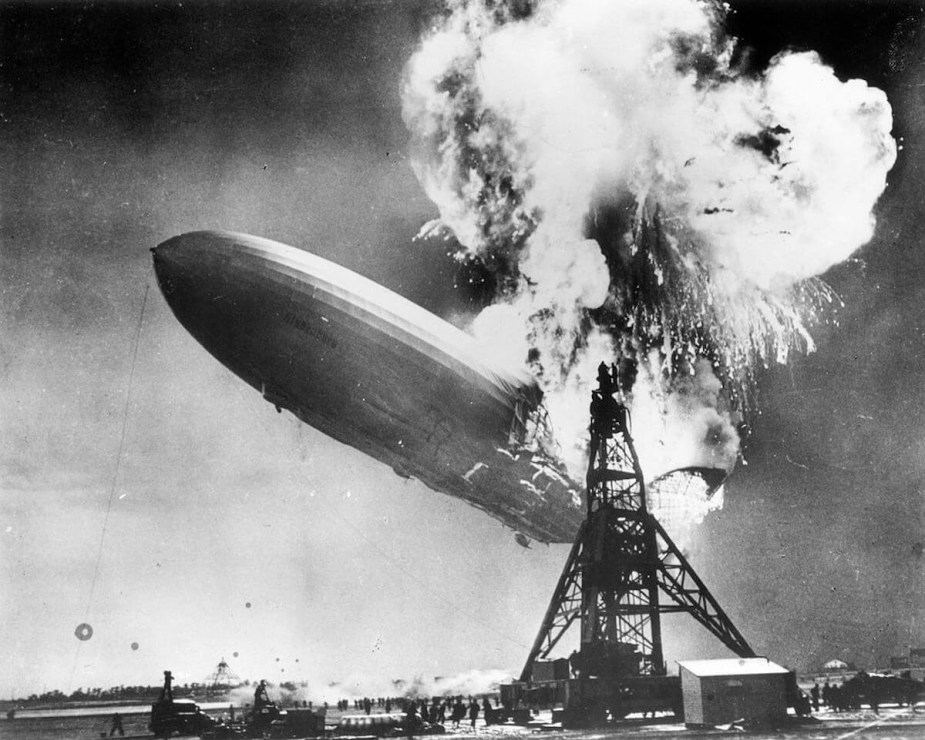
Toyota Hydrogen Racecar Pulled When One Thing You Don’t Want to Happen Did Using This Fuel
Toyota began testing its Corolla hydrogen-powered race car at Fuji Speedway for this weekend’s Super Taikyu racing series. Yesterday, it pulled the Corolla from competition when the one thing you don’t want when dealing with hydrogen happened, fire. The engine bay caught fire from a leak of liquid hydrogen.
When did Toyota begin using liquid hydrogen in racing?

This isn’t the first year that Toyota is using liquid hydrogen for fuel. For the past two years, it has been racing with both hydrogen gas and liquid hydrogen systems, so this is not the first shot with the relatively new-to-Toyota liquid hydrogen.
Toyota appears to be all-in on hydrogen development. We won’t get into the pros and cons of the technology, other than it takes so much energy to produce that its positive attributes pale with the costs involved. Switching to liquid hydrogen is another step in its hydrogen development plans.
What caused the hydrogen leak?

The Corolla now is sitting out the next few races to explore the problem. And what is the problem? According to Toyota, a pipe came loose developing a leak. Leaking out onto the engine, the engine’s high temperature ignited the fuel.
The automaker says that the leak is not associated with the hydrogen fuel, but instead, is merely a “mechanical failure.” That could very well be. But the images of the Hindenburg zeppelin at Lakehurst, New Jersey, exploding in 1937 give one pause. In that case, the cause was leaking hydrogen gas.
What safety measures does Toyota use?

The Corolla’s fuel system has sensors that immediately shut off the flow of hydrogen when there is a malfunction. This kept the fire from spreading to other sections of the car, specifically the driver’s compartment. So there are extra safety measures in place to fend off catastrophes.
So why switch from a gaseous state to liquid hydrogen? Toyota engineers needed longer cruising ranges during a race. The other issue, which we expressed earlier concerning the widespread use of hydrogen, is that it was more complicated to refuel, transport, and store it going from race to race. Liquid hydrogen is faster to refuel. The only hiccup with it is that it must be stored at exactly -487 degrees.
Are there problems racing with hydrogen fuel?

Last year, the liquid hydrogen Corolla ran the 2022 Fuji Super TEC 24-Hour Race. Though completing almost 500 laps, it finished last. The car had competitive times, and one issue was crashing, causing a two-hour thrash to get back into the race. Also, the Corolla pitted 41 times for refueling, which took seven minutes for each fill-up. In all, it is estimated that the race car was in the pits for a third of the race, according to DailySportsCar.
Of course, all of this is an effort to gain knowledge about the material uses of hydrogen, with the goal of mass-producing Toyotas with the technology. The automaker sees a future where this could happen, touting its higher density compared to gasoline. But the wrinkle in that is that hydrogen is far less dense by volume. So the equivalent of 80 lbs of gas is almost 410 lbs of hydrogen.



